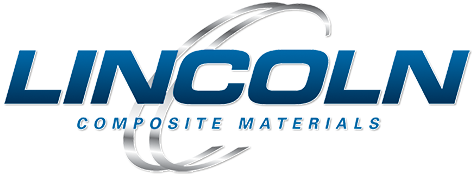Lincoln Composite Materials provides Top-Quality Composites, Prepregs, and Film Adhesives for Aerospace Applications
Composites, Prepregs, and Film Adhesives for Aerospace: Advanced Materials for High-Performance Aircraft
In the cutting-edge world of aerospace engineering, the demand for lightweight, strong, and durable materials is ever-increasing. Composites, prepregs, and film adhesives have revolutionized aircraft design and manufacturing, offering superior performance and efficiency. This article explores these advanced materials and their applications in the aerospace industry, helping you make informed decisions for your next project.
Understanding Aerospace Adhesives and Their Applications
Aerospace adhesives play a crucial role in modern aircraft construction, providing strong, lightweight bonds that can withstand extreme conditions. These specialized adhesives are used in various applications, from bonding structural components to sealing fuel tanks.
Types of Aerospace Adhesives
- Epoxy adhesives: Known for their high strength and excellent chemical resistance
- Polyurethane adhesives: Offer flexibility and good low-temperature performance
- Silicone adhesives: Provide excellent heat resistance and electrical insulation
- Cyanoacrylate adhesives: Ideal for quick bonding of small parts
Key Properties of Aerospace-Grade Adhesives
- - High strength-to-weight ratio
- - Resistance to extreme temperatures
- - Excellent fatigue and impact resistance
- - Low outgassing in vacuum environments
- - Compatibility with various substrate materials
Composites and Prepregs in Aerospace Manufacturing
Composite materials have transformed the aerospace industry, allowing for lighter, stronger, and more fuel-efficient aircraft designs. Prepregs, or pre-impregnated composite fibers, have further streamlined the manufacturing process.
Benefits of Composite Materials in Aircraft Design
- - Significant weight reduction compared to traditional metals
- - High strength and stiffness
- - Excellent fatigue and corrosion resistance
- - Design flexibility for complex shapes
- - Reduced maintenance requirements
Prepreg Technology and Its Advantages - Prepregs offer several advantages over traditional composite layup methods:
- - Consistent resin content and fiber alignment
- - Reduced manufacturing time and labor costs
- - Improved part quality and reproducibility
- - Enhanced mechanical properties
- - Easier handling and storage
Film Adhesives: Specialized Solutions for Aerospace Bonding
Film adhesives are a critical component in modern aerospace manufacturing, offering unique benefits for structural bonding applications.
Applications of Film Adhesives in Aircraft Structures
- - Bonding of honeycomb core structures
- - Composite-to-metal bonding
- - Structural bonding of wing and fuselage components
- - Bonding of interior panels and flooring
Advantages of Film Adhesives over Liquid Adhesives
- - Precise control of bond line thickness
- - Uniform adhesive distribution
- - Reduced weight due to optimized adhesive usage
- - Easier handling and application in vertical surfaces
- - Improved cleanliness in the manufacturing environment
Choosing the Right Adhesive Solution for Your Aerospace Project
Selecting the appropriate adhesive, composite, or prepreg for your aerospace application is crucial for ensuring optimal performance and safety.
Factors to Consider When Selecting Aerospace Adhesives
- Operating temperature range
- Mechanical load requirements
- Chemical and environmental resistance
- Substrate materials and surface preparation
- Curing time and process compatibility
- Regulatory compliance and certifications
In conclusion, composites, prepregs, and film adhesives are essential components in modern aerospace manufacturing, offering unparalleled performance and efficiency. By understanding the unique properties and applications of these advanced materials, you can make informed decisions to optimize your aerospace projects. Whether you're designing cutting-edge aircraft components or seeking to improve existing structures, these innovative materials provide the solutions needed to push the boundaries of aerospace engineering.
